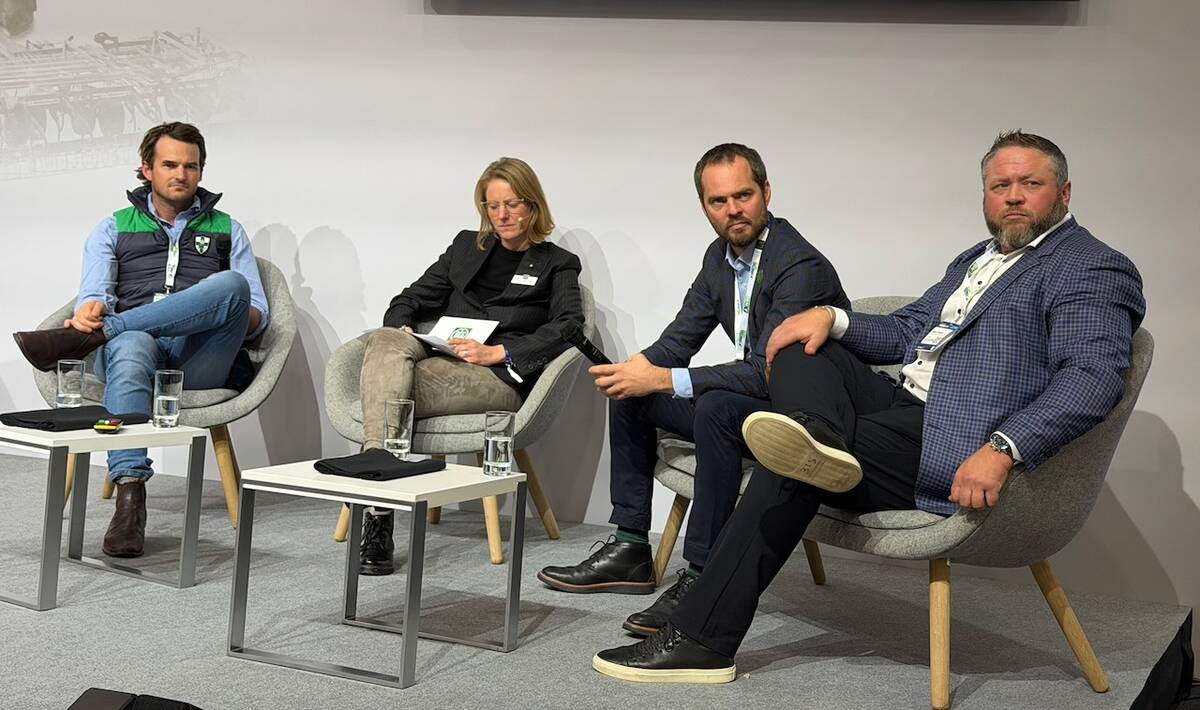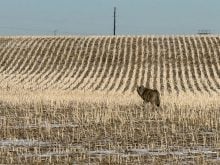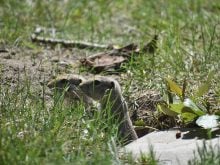A snide comment about the poor quality fences that protect well heads in pastures and fields has turned into a full-time job for a northern Saskatchewan farmer.
Glen Lantz worked with a neighbour last winter steam cleaning lines for oil industry and was amazed that a well head was only 30 centimetres high with no protection.
A wary snowplow operator had plowed the snow from around the well site, but it wouldn’t have been hard to back over or hit it with a quad or tractor.
Read Also

Agritechnica Day 2: The future of tractor power, building quicker crop apps and large farms and tech
Agritechnica Day 2: The future of tractor power, building quicker crop apps with Syngenta and large farms and tech
“I said, ‘this is bullshit. What if someone runs right over that.’ … I call those ones Tonka toys.”
Some well heads are surrounded by fences, but Lantz said they are flimsy tube fences and offer little protection against big equipment.
He was eventually asked to design a well head guard that would be visible through deep snow or tall crops and not be crushed if hit accidentally by a swather or sprayer.
Lantz, who farms near St. Walburg, hired a welder and began building heavy duty well head fences out of second -hand 2 7/8 inch drill stem.
“If you hit these with a sprayer or swather, you’re not going to break it,” Lantz said.
He has made about 600 fences, all for Husky Oil, one of the main energy companies in his area of northwestern Saskatchewan.
The fences range from 76 by 76 cm to 1.8 by 1.8 metres and are all 1.2 metres tall for good visibility.
One of the sides of the fence is left open in case a flow line comes off the well head. The drill stem is bolted over the open end once the fence is in place.
“It’s a nice little design,” Lantz said.
The pipe is washed and painted the oil company’s colours. Fluorescent tape is added to the pipe once it’s installed in the field.
“It’ll shine half a mile away at night.”
Lantz said it’s important to be able to see the wellheads in tall crops at night, particularly with the use of larger farm equipment and a greater use of GPS. Accidents between agricultural equipment and well heads are becoming more common.
“Everything is fine and dandy until someone gets hurt,” he said.
“If someone is skidooing or quadding or in a tractor and hits the well head, they’ll get hurt. If you have guards, then at least you’re doing something to protect it.”














